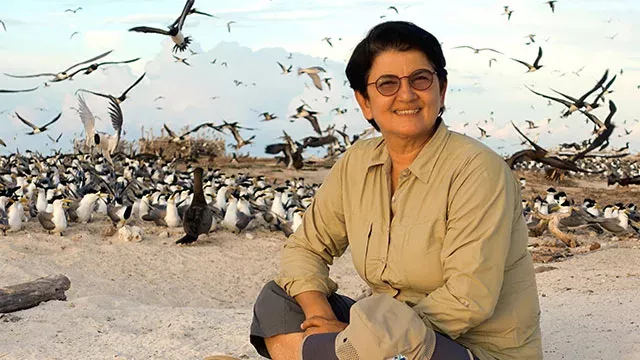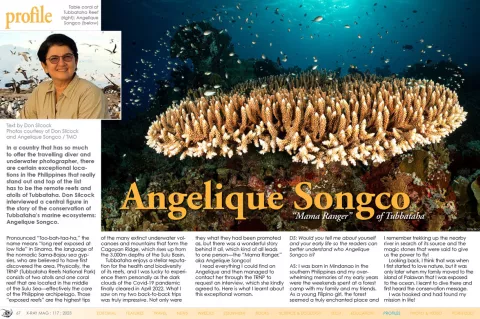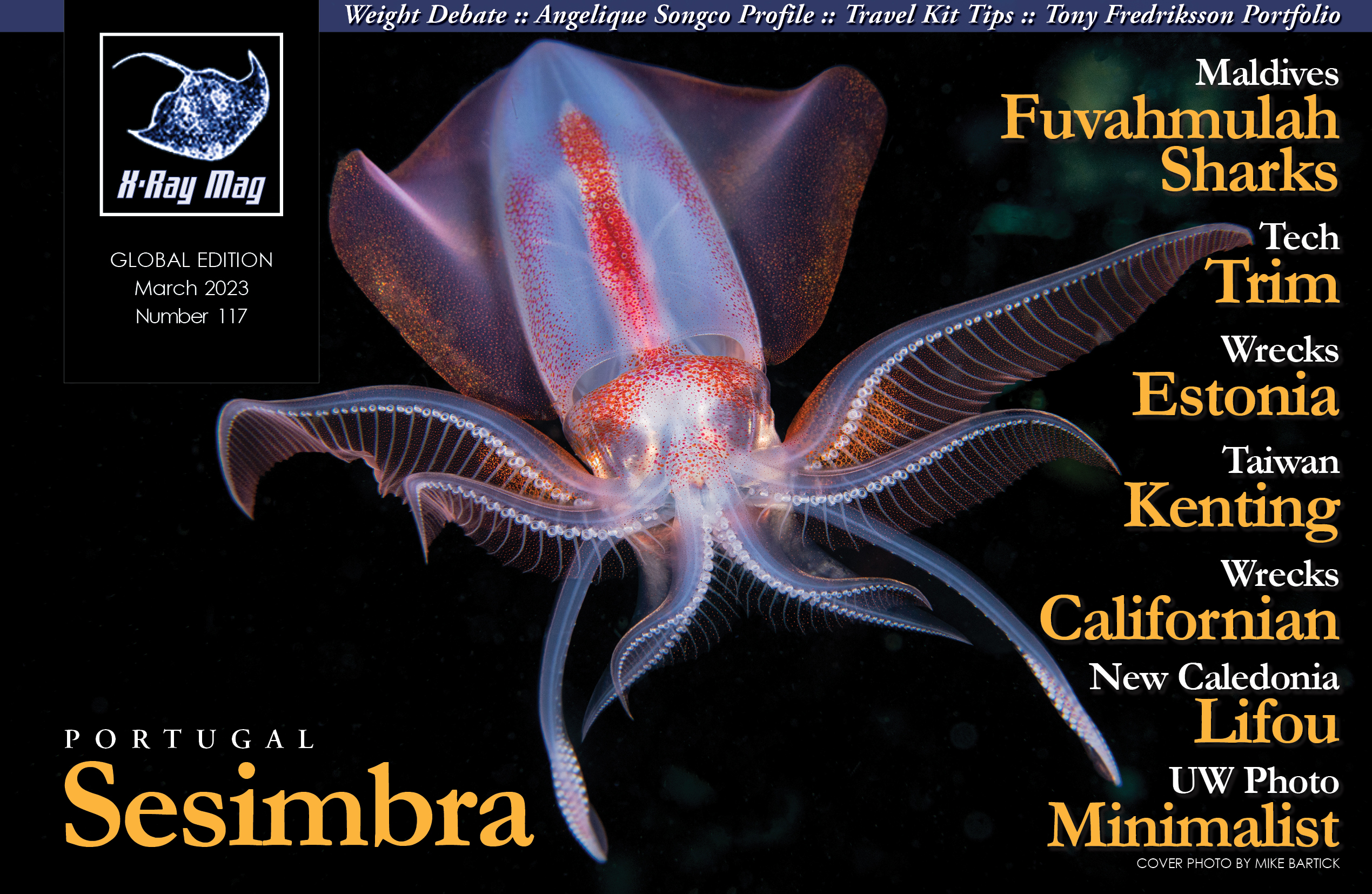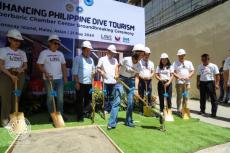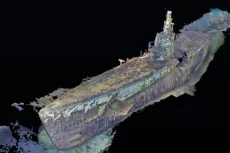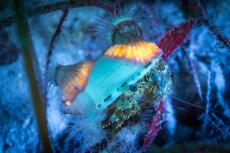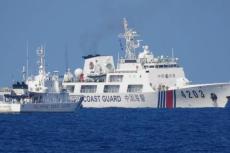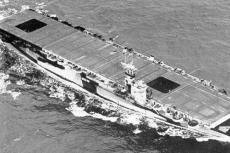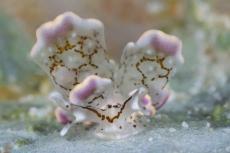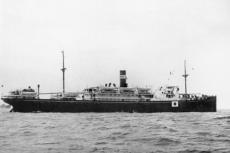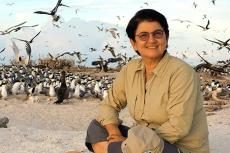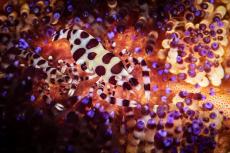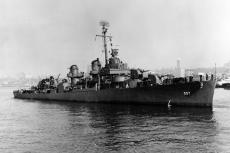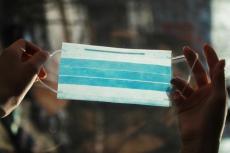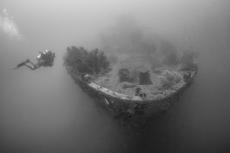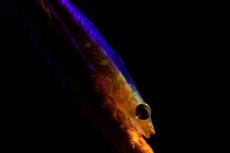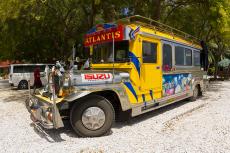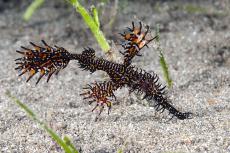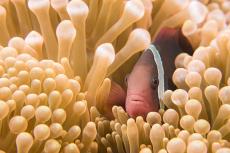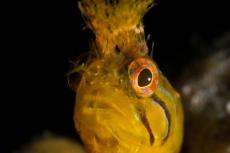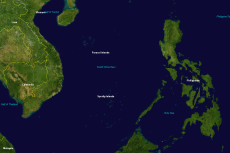In a country that has so much to offer the travelling diver and underwater photographer, there are certain exceptional locations in the Philippines that really stand out and top of the list has to be the remote reefs and atolls of Tubbataha. Don Silcock interviewed a central figure in the story of the conservation of Tubbataha’s marine ecosystems: Angelique Songco.
Contributed by
Pronounced “Too-bah-taa-ha,” the name means “long reef exposed at low tide” in Sinama, the language of the nomadic Sama-Bajau sea gypsies, who are believed to have first discovered the area. Physically, the TRNP (Tubbataha Reefs National Park) consists of two atolls and one coral reef that are located in the middle of the Sulu Sea—effectively the core of the Philippine archipelago. Those “exposed reefs” are the highest tips of the many extinct underwater volcanoes and mountains that form the Cagayan Ridge, which rises up from the 3,000m depths of the Sulu Basin.
Tubbataha enjoys a stellar reputation for the health and biodiversity of its reefs, and I was lucky to experience them personally as the dark clouds of the Covid-19 pandemic finally cleared in April 2022. What I saw on my two back-to-back trips was truly impressive. Not only were they what they had been promoted as, but there was a wonderful story behind it all, which kind of all leads to one person—the “Mama Ranger,” aka Angelique Songco!
I read everything I could find on Angelique and then managed to contact her through the TRNP to request an interview, which she kindly agreed to. Here is what I learnt about this exceptional woman.
DS: Would you tell me about yourself and your early life so the readers can better understand who Angelique Songco is?
AS: I was born in Mindanao in the southern Philippines and my overwhelming memories of my early years were the weekends spent at a forest camp with my family and my friends. As a young Filipino girl, the forest seemed a truly enchanted place and I remember trekking up the nearby river in search of its source and the magic stones that were said to give us the power to fly!
Looking back, I think that was when I first started to love nature, but it was only later when my family moved to the island of Palawan that I was exposed to the ocean. I learnt to dive there and first heard the conservation message.
I was hooked and had found my mission in life!
DS: When did you first visit Tubbataha and what were your thoughts?
AS: I qualified as a diver in 1981 and got the opportunity to visit Tubbataha for the first time a few months later and I really could not believe what I saw there!
I was astonished at the amount of marine life—there seemed to be huge clouds and waterfalls of fish everywhere and the water was so clear it was almost as if they were somehow floating in mid-air!
What I saw convinced me that something so beautiful simply had to be protected at all costs.
DS: When did you first notice things were changing for the worse at Tubbataha?
AS: In 1985, I was working as a divemaster in Tubbataha—before it became a protected area—and we often saw fishing boats from other provinces using cyanide to catch huge numbers of fish. We also saw them catching turtles and collecting eggs.
We would always request the fishing boats to leave and even sometimes threaten them, but they knew we could not really do anything because Tubbataha was so isolated. Basically, there was simply no way to enforce the fisheries laws and the whole area was out of sight and out of mind.
We knew that this illegal fishing must be having an impact on Tubbataha but it was only in 1989, one year after the marine park was established, that research showed that 52 percent of the previous coral cover had been lost.
DS: Your name is now synonymous with Tubbataha, but can you explain what role you actually played in getting a national marine park established?
AS: The Palawan provincial government did the groundwork for the marine park by raising the awareness of just how special and unique Tubbataha was at the national level. The first really tangible outcome of that initiative was establishing it as a protected area (PA). Then, in 1988, it became the first national marine park and no-take PA in the country.
I simply played a supporting role in all of that by attending public hearings and lending support whenever and wherever I could and continued to be involved by representing a local nonprofit conservation group—Saguda Palawan—on the park’s policy-making body. Then, in 2001, with the support of WWF-Philippines, the board agreed to appoint a park manager and I decided to apply.
I was delighted when I actually got the job and from there went on to establish and lead the Tubbataha Management Office (TMO).
DS: Did you have an initial plan for TMO or did it all just evolve over time?
AS: As I am sure you can imagine, it was quite a daunting task for me to establish the TMO as it was the first marine park in the Philippines, and I was effectively writing the manual as I went along!
My basic plan was to learn as much as I could about managing an offshore marine protected area. But, quite frankly, I really did not know what to do at first and my undergraduate course in literature was not exactly a great help!
I started by taking an online natural resources management course to make up for my lack of technical knowledge and I contacted so many people—experienced park managers, researchers and other practitioners to ask questions and learn from them. I also coordinated with the other agencies already working in Tubbataha so that we could integrate our efforts.
One of my first decisions, based on my hands-on experience out at Tubbataha, was that our overall success would depend on developing a core of well-trained and well-equipped law enforcement personnel who would be based out on the reefs.
Our office is in Puerto Princesa, some 150km away, and there is just no way to enforce the strict rules in place to protect the park if the right people are not there to do it.
So many people were incredibly generous with their time, knowledge and experience in marine park enforcement, education, research, HR, tourism management and conservation. Tubbataha is a success because of the hundreds, perhaps even thousands, of people who have helped us in the past two decades.
DS: As you explained, you were not directly involved in the initial stages of making Tubbataha the first marine park in the Philippines, but can you share any insight into the overall process?
AS: The Provincial Government of Palawan (PGP) was instrumental in getting the initial national recognition of Tubbataha, which paved the way for the creation of the marine park during the rule of President Corazon Aquino.
They have continued to support us and agreed to construct the new ranger station that will be built soon with funds allocated by the Federal Department of Environment and Natural Resources, together with the Department of Tourism.
We had a tremendous stroke of luck in that President Aquino’s successor Fidel Ramos was a scuba diver who had been to Tubbataha and understood the need to conserve it and ensure that the conservation was properly supported.
President Ramos provided both the resources and the management infrastructure to care for the park and then established the policy-making body to make sure there were enforcers stationed there.
That did not come into force until 2005, but it really changed the game and has been a key element of our overall success with Tubbataha.
DS: What was the biggest challenge in making Tubbataha a natural park and how did you overcome it?
AS: The biggest challenge was how to get people to really appreciate Tubbataha. Very few people scuba dive and only a few of those who do can actually visit because of the limited tourism window, the distance and the cost.
It was really quite challenging to get the planners and decision-makers (who do not see the corals reefs) interested and concerned enough to allocate funds and formulate good policy. We had to bring Tubbataha to the cities, schools and the media, because we could not take people there.
Over the years, Tubbataha has become famous—but… mostly for the bad things that happened to it. For example, back in 2002, five Chinese fishing vessels were caught poaching at Tubbataha, but the publicity generated by the incident produced a groundswell of support across the Philippines and its protection became a matter of national concern.
Tubbataha was in the media for weeks, which meant that many learnt about the uniqueness and value of the park for the first time and were outraged at what the illegal fishing vessels had done!
Prosecuting cases is also a challenge because one deals with unhappy and scared people. (Who would be happy after being arrested?) It is also painful to send poor people to jail. Even the marine park rangers are not happy to do it. But it is our job, so we must do it and do it well.
DS: What is the thing you are most proud of when you look back at the journey you have been on with Tubbataha?
AS: I am most proud of the people I work with. Our rangers are dedicated to their work, and so is the staff. Again, I get a lot of credit, but it is on the backs on these people that I stand on, really. One needs a good team for anything to succeed. I am proud of our team, how we all started so unsure of ourselves and transformed into this confident, proud and passionate people still in love with Tubbataha after 21 years.
DS: What is your biggest disappointment?
AS: My biggest disappointment was taking forever to develop second liners. A succession plan is critical, it is so clear in hindsight. I was so immersed in learning the ropes, studying the literature, experimenting with new approaches—I got lost in the here and now and did not look into the future enough. Perhaps because even my future and that of Tubbataha was not clear to me then.
DS: How confident and optimistic are you for the future of Tubbataha?
AS: With the extensive constituency that supports it, Tubbataha has a bright future ahead. Nature will not run out of style, there will always be those who will care for it. With most of our wild places being exploited to the point of destruction, keeping Tubbataha as wild as it is now is even more important.

